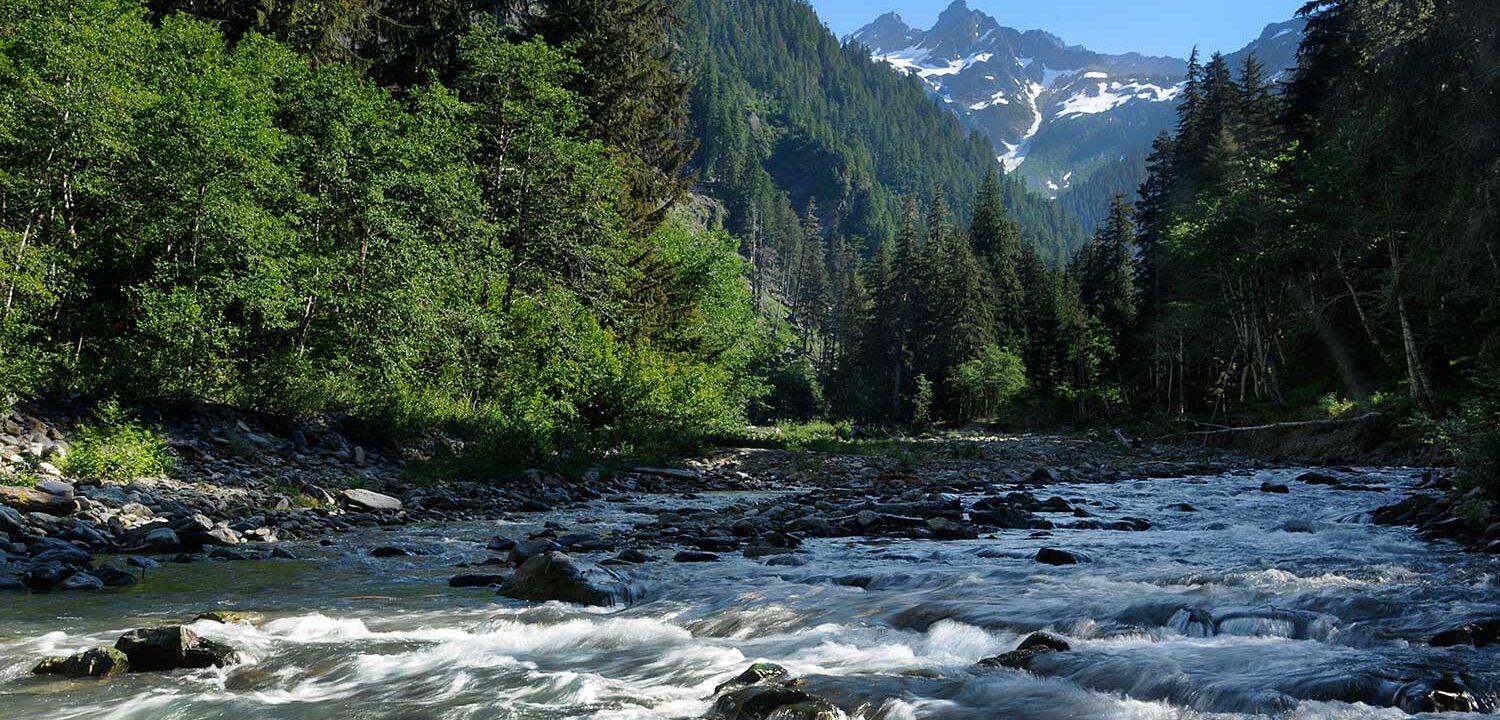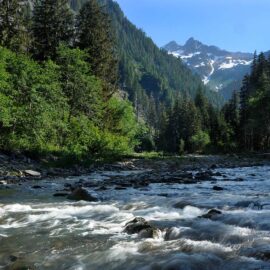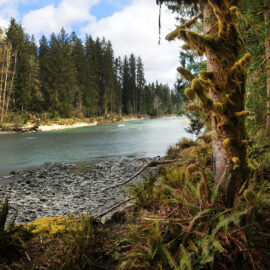New restoration projects will strengthen the Coast, home to half of Washington’s best salmon runs.
Washington legislators recently provided more than $11 million in new funding for a suite of Washington Coast river restoration projects championed by the Wild Salmon Center and our coastal partners. The new funds will leverage $5.5 million in additional federal, state, and private dollars earmarked for the Coast, marking a major turning point in efforts to proactively protect Washington’s best wild salmon rivers.
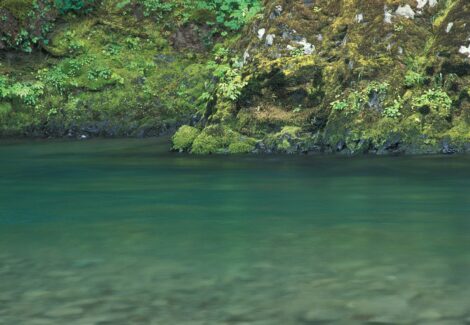
“The Washington Coast is home to 50% of the state’s strongest salmon runs,” said Devona Ensmenger, Wild Salmon Center’s Washington senior program manager. “Because this initiative significantly increases the funding on the coast to repair habitat problems that are bad for salmon, we now have a chance to prevent coastal salmon from becoming endangered.”
The 23 funded projects (part of the larger Washington Coast Restoration Initiative) —from fish-blocking culvert replacements to riverside forest restoration—stretch from the Willapa Bay in the south to the Makah Reservation in the north. The coastal initiative will create more than 240 jobs in technical fields as well as badly needed blue collar sectors such as construction.
“With the headwaters of Washington Coast rivers for the most part protected in public land, the lower reaches of these streams need resources for protection,” says Guido Rahr, President of Wild Salmon Center. “This new funding is a very good investment and combined with better fisheries management, restoration could help keep salmon runs on the coast off the Endangered Species List.”
Indeed, while Washington Coast salmon strongholds like the Hoh, Queets, and Quillayute rivers are still free-flowing, they face long-term challenges. Washington’s human population is projected to double in the next 50 years, and increased urban and industrial development will inevitably follow.
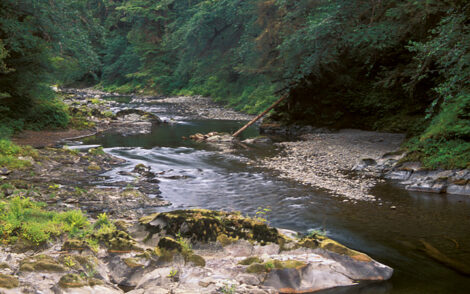
Over the last eight years, Wild Salmon Center has been working with a diverse coalition on the Washington Coast to create the first unified salmon conservation plan for the region. Participants include the fishing and timber industries, tribes, state agencies, watershed councils, local governments, and conservation partners. Now 44 members strong, the Washington Coast Sustainable Salmon Partnership’s balanced strategy for maintaining healthy salmon strongholds while supporting human needs—“Protect the Best, Restore the Rest”—has been adopted by the Governor’s Salmon Recovery Office.
Wild Salmon Center testified on behalf of the coalition this winter in support of the new funding package. A coastal legislative caucus, led by Representatives Dean Takko (D-Longview), Brian Blake (D-Aberdeen), Kevin van de Wege (D-Sequim) and Steve Tharinger (D-Sequim), and Senators Brian Hatfield (D-Raymond) and James Hargrove (D-Hoquiam), worked steadfastly to get the initiative into the final budget.
This latest investment in salmon habitat will also be a welcome economic stimulus on the coast, which continues to see stubbornly high unemployment—sticking at 10% this year in Grays Harbor County. Studies have shown that 80 cents of every restoration project dollar stays in the county where the project is located.
Protecting salmon on the coast not only ensures the long-term viability of a cultural icon; it also protects the commercial, recreational, and tribal fisheries upon which coastal communities depend.
